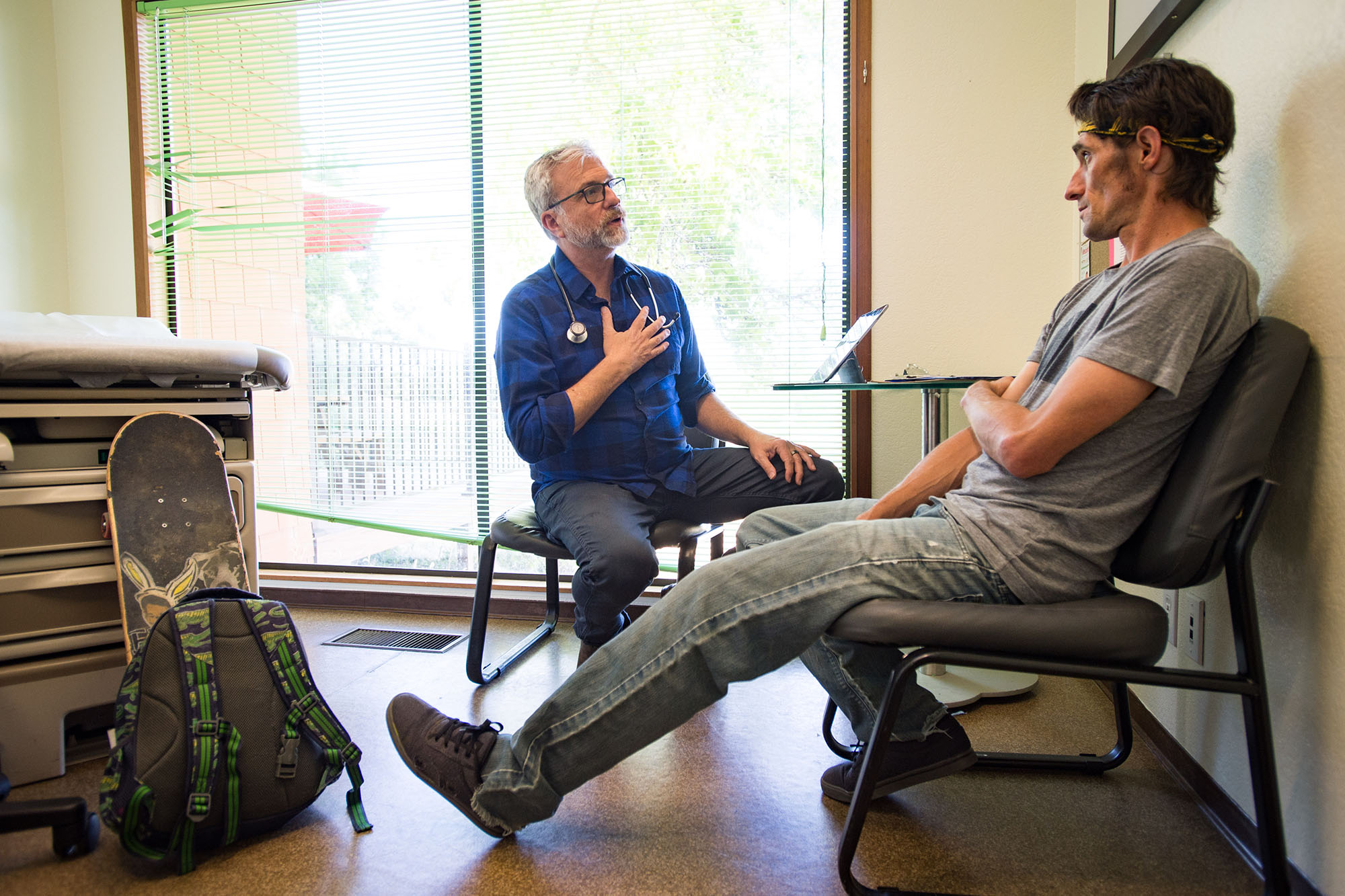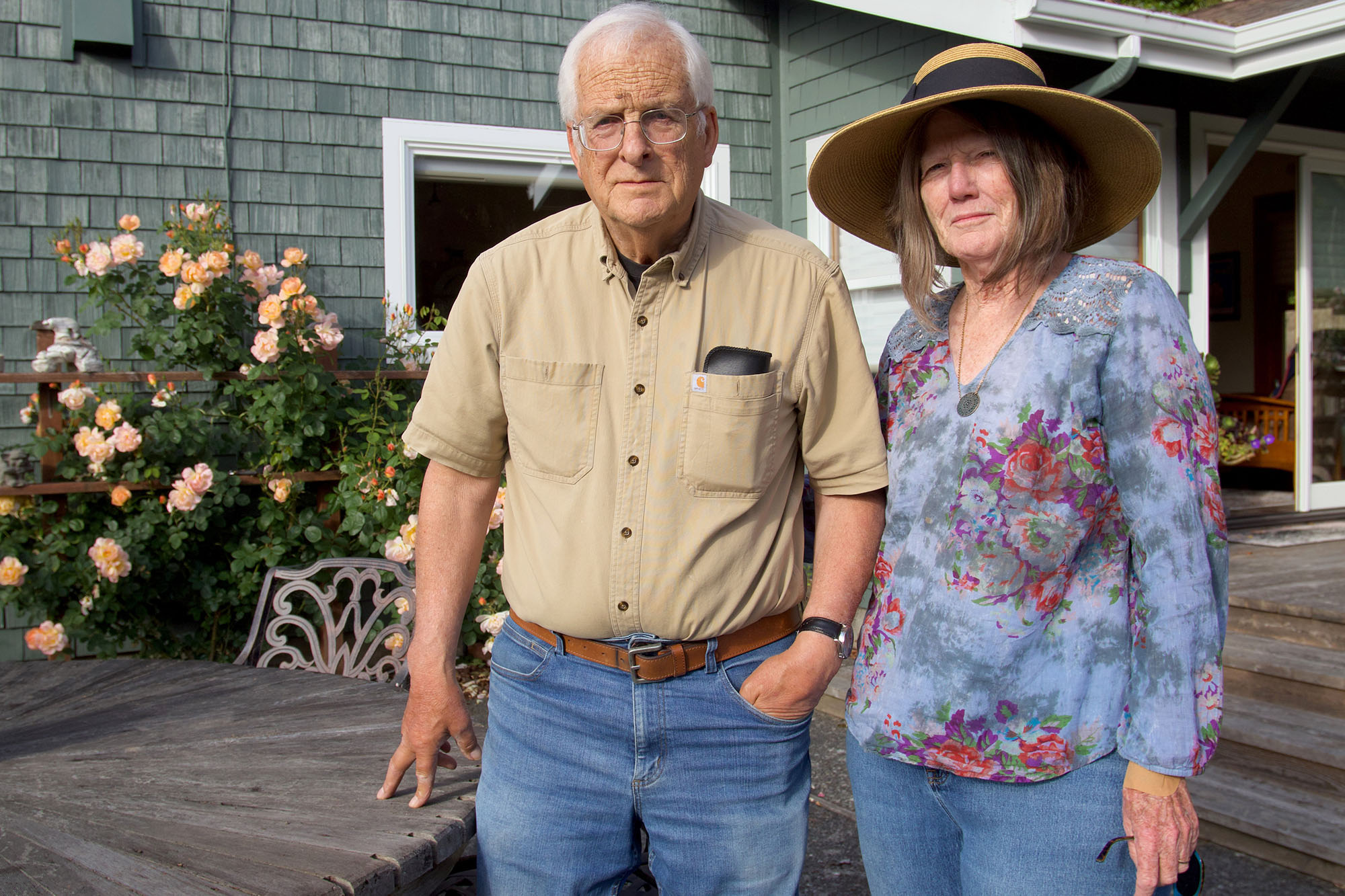Hundreds of medical residents train in their specialties in the Los Angeles metropolitan area, but since the closure of the Martin Luther King Jr./Drew Medical Center, the spigot of fresh physicians who knew that area’s patients well stopped. The county-run hospital had been in Willowbrook, near Compton and Watts. The US military sent their teams to the hospital for gunshot wound training. Still, it was shut down in 2007 due to too many episodes of poor patient care and chronic mismanagement.
A smaller, new hospital, Martin Luther King, Jr. Community hospital, debuted in 2015. It is staffed by UCLA personnel, and boasts a farmer’s market. It is reinventing itself as the much-needed teaching hospital in Watts. When the old hospital closed, many hospital residents lost their training positions and had to beg around the country finish their training.
In this year’s residency match, the hospital offered eight new psychiatry positions.

The need is huge. Earlier this year, the hospital’s CEO noted the high number of patients with mental health needs in the MLK emergency room, which receives 90,000 patients a year.
National Shortage in Primary Care, Psychiatry
There is a national shortage of physicians with residency training, as medical schools often open without designated places for their students to train after. That’s because federal residency funding has remained stagnant for decades, while the number of medical schools increases and doctors from other countries arrive to compete for positions in training. This has led to attempts to plug the leaks with nurse practitioners and physician assistants, who lack extensive training in complex medical problems.
Meanwhile, unemployed medical school graduates find it difficult to even know who is hiring for residencies, especially since the American Medical Association recently made it more difficult to search its website for open positions. In contrast, countries like Ireland fund internships for every medical graduate, making them into practicing physicians instead of academic degree holders who cannot legally see patients.
“We have a national shortage of physicians in the fields of primary care and psychiatry, and this shortage is particularly acute in low-income communities,” said Los Angeles County Supervisor Mark Ridley-Thomas in a statement. The supervisor co-authored a motion to allocate $800,000 to develop a new residency program in psychiatry and family medicine at Charles R. Drew University of Medicine and Science.
In early February, the Martin Luther King, Jr. hospital also received accreditation for a family medicine residency program. Family medicine residents will do their inpatient work at Rancho Los Amigos National Rehabilitation Center in Downey, St. Francis Medical Center in Lynwood and outpatient work at the Martin Luther King, Jr. Outpatient Center in Willowbrook, as well as various county facilities.
Connecting with Vulnerable Communities
Since the new residents will spend at least the next three years in the service of the least fortunate, they will be less likely to shy away from caring for vulnerable communities for the long-term.
Since federal funding for residency spots in underserved areas is often tenuous, the move by Los Angeles County to fund its own solution may be a cue for other US areas of high medical need, including communities in the Deep South, Southwest, and Illinois. It represents a regional approach to fixing a national problem.
But ultimately, an aggressive move in terms of federal funding will be required to fix decades of stagnation. Current legislation caps the number of federally funded positions at 1996 levels. That might be fine if the US population looked like it did in 1996. But our population is growing in size, age and illness. Hospitals are seeing more and more aging boomer patients, many of whom smoked, ate poorly or lived a sedentary life. The result has been overcrowded emergency rooms, waiting lists for hospital beds, and four-month waits to get a simple primary care appointment.
Yet all those new medical schools are pumping out graduates who may not be able to train, and therefore cannot get medical licenses or set foot in hospitals. While the use of local funds is an admirable move by LA’s county supervisors, poorer communities do not have that luxury. The better move is for the federal government to boost funding to train plenty of new doctors, ensuring a supply of trained physicians across the country.
This article was reprinted with permission of the Center for Health Journalism, Copyright 2018.
Authors & Contributors

Monya De
Monya De, MD, MPH, is an alumna of Stanford University. Her interests include health policy, technology, and media. She has been a reporter for the ABC News Medical Unit, a commentator for the television show Hopkins, and a script consultant for shows including Harry’s Law, Ghost Whisperer, Brothers and Sisters, House, and The Firm. She practices wellness-focused internal medicine in Los Angeles.
She graduated with distinction from UC Irvine School of Medicine and was named the nation’s top medical student in the communication of science by the American Medical Association.





